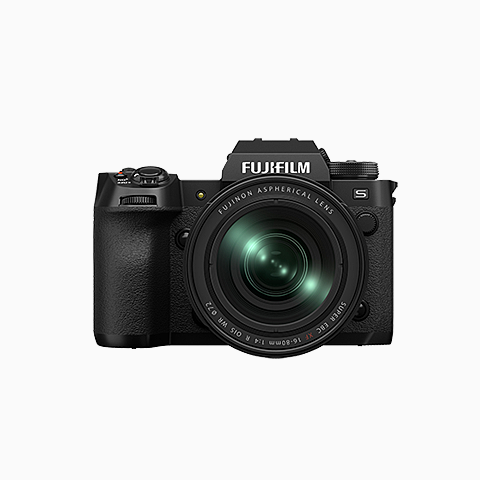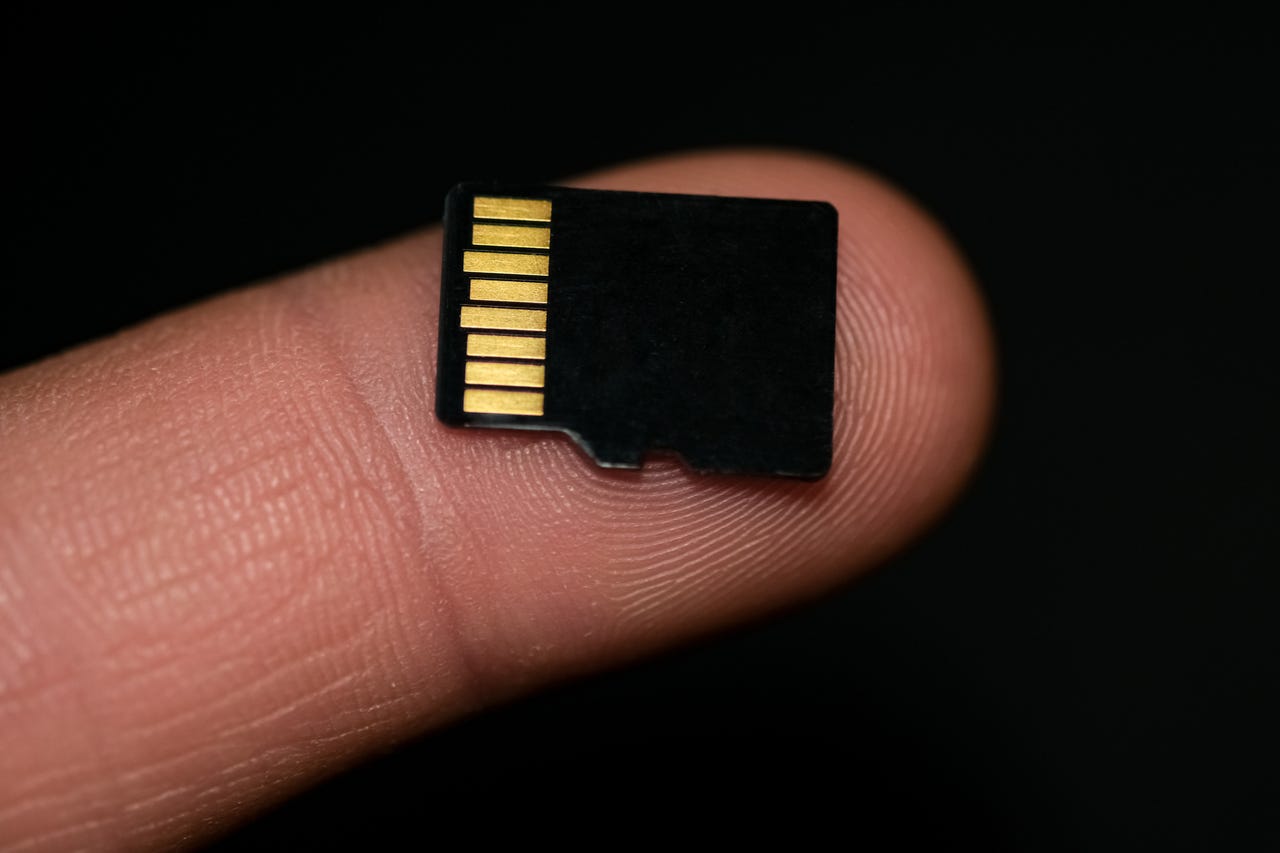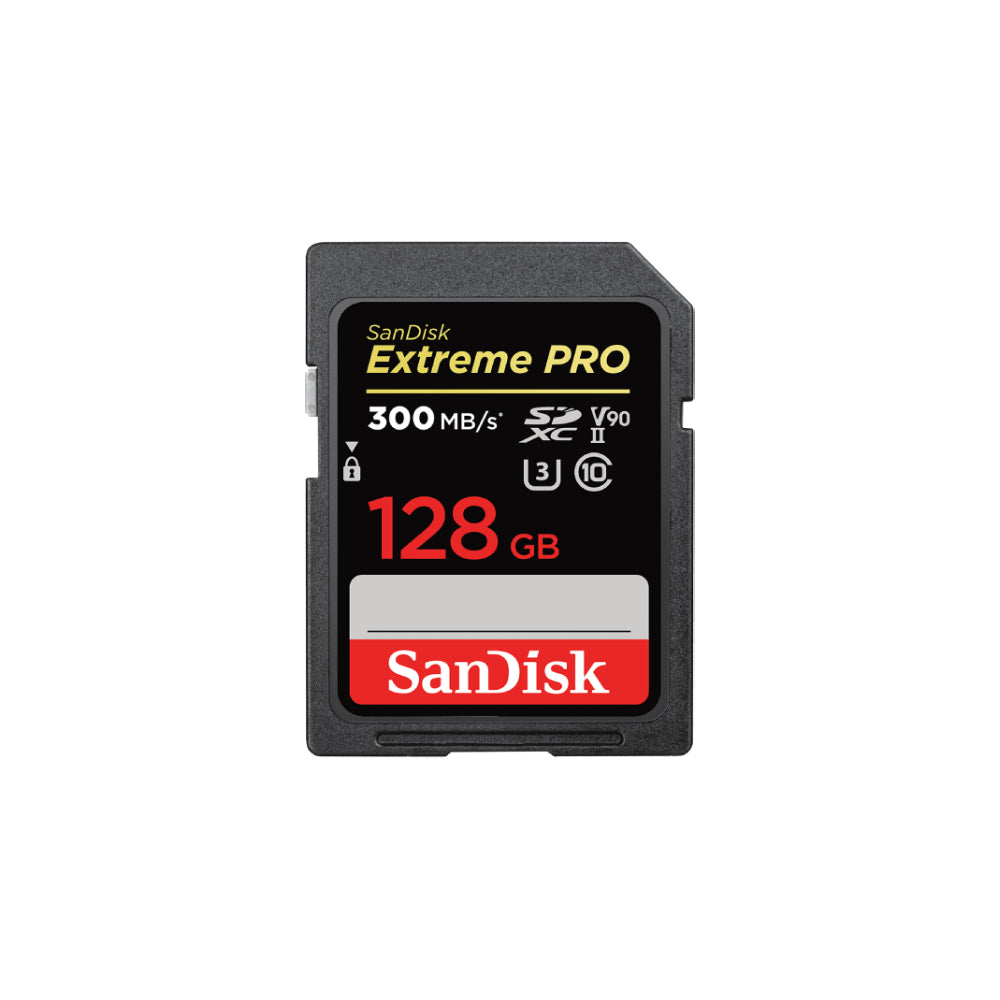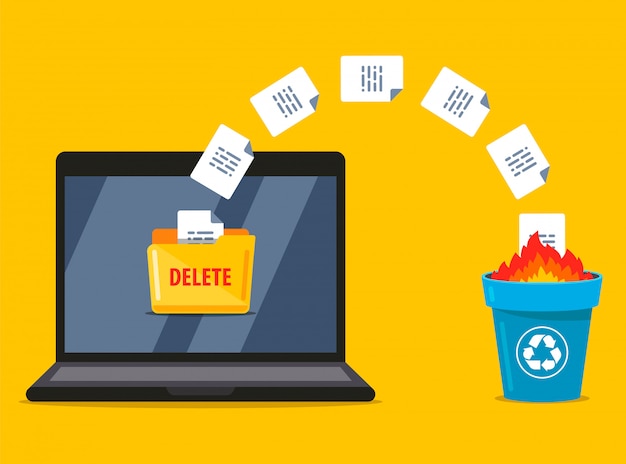## Introduction to Data Recovery
Data loss is an unfortunate incident that most of us have experienced or will experience at some point. Whether it’s due to a system crash, virus attack, or accidental deletion, the result is the same: valuable data is gone. But here’s a little secret: the data may not be gone forever. This is where data recovery comes into play.
Data recovery is the process of retrieving inaccessible, lost, corrupted, damaged, or formatted data from secondary storage, removable media, or files when the data stored in them cannot be accessed in a regular way. The data is most often salvaged from storage media such as internal or external hard disk drives (HDDs), solid-state drives (SSDs), USB flash drives, magnetic tapes, CDs, DVDs, RAID subsystems, and other electronic devices.
But what about SD cards? Is it possible to recover data from a wiped SD card? The answer is yes. In this article, we’ll unveil the secret to SD card data recovery. We’ll explore the intricacies of SD cards, common reasons for data loss, how data recovery works, and steps to recover your lost data. By the end, you’ll be equipped with the knowledge you need to recover your precious data.
Understanding SD Cards and Data Storage
Secure Digital, or SD cards, are a type of flash memory card widely used in digital cameras, mobile phones, tablets, and other portable devices. They offer a convenient way to store photos, videos, music, and other files. However, as with any storage device, data loss can occur.
Data on an SD card is stored in a series of electronic circuits. When a file is saved, it’s broken down into binary data and stored in these circuits. When you delete a file or format the card, the binary data isn’t immediately erased. Instead, the storage space that the file occupied is marked as available for new data. Until new data is written to that space, the original file can be recovered.
This is the fundamental principle behind data recovery. However, it’s important to note that once new data is written over the original data, recovery becomes much more difficult, if not impossible. This is why it’s crucial to stop using the SD card immediately after data loss to prevent overwriting.
Common Reasons for Data Loss in SD Cards
There are numerous reasons why data loss can occur on an SD card. Understanding these common causes can help you prevent future data loss.
One of the most common reasons for data loss is accidental deletion or formatting. It’s all too easy to hit the delete button unintentionally or choose the wrong option when trying to format the card. Viruses and malware can also corrupt the data on your SD card, rendering it inaccessible. SD cards can also suffer physical damage, such as cracks or water damage, that can result in data loss.
Another common cause of data loss is improper handling of the SD card. Ejecting the card while data is being written or read can cause data corruption. Using the card in multiple devices can also lead to data loss. Finally, SD cards have a finite lifespan. After a certain number of write/erase cycles, they can start to fail, leading to data loss.
How Data Recovery Works: An Overview
Data recovery, at its simplest, involves scanning the storage device for the binary data of lost files and reconstructing them. This is possible because, as mentioned earlier, when a file is deleted or the device is formatted, the data isn’t immediately erased. Instead, the space it occupies is made available for new data.
This is where data recovery software comes into play. These tools scan the device for the remnants of the lost files and piece them back together. The effectiveness of these tools depends on several factors, including how long it’s been since the data was lost, whether new data has been written to the device, and the nature of the data loss.
While data recovery software can often recover lost data, there are situations where professional data recovery services may be needed. These include severe physical damage to the device or complex data loss situations, such as a failed RAID array.
The Process of Recovering Data from a Wiped SD Card
The process of recovering data from a wiped SD card involves several steps. First, as soon as you realize data has been lost, stop using the SD card. This prevents new data from overwriting the lost data. Next, you’ll need to use data recovery software to scan the card and recover the data.
When choosing data recovery software, look for a tool that supports your file types and storage devices. Some tools specialize in photo recovery, while others can handle a wide range of file types. Some tools support a wide range of storage devices, while others may only support hard drives.
Once you’ve chosen your software, the next step is to scan the SD card. This can take some time, depending on the size of the card and the speed of your computer. Once the scan is complete, the software will display a list of recoverable files. You can then select the files you want to recover and save them to a new location.
Top Software for SD Card Data Recovery
There are numerous data recovery tools available, but not all of them are created equal. Some are better suited for certain types of data loss or specific storage devices. Here are a few top-rated data recovery software that can help you recover data from a wiped SD card.
- RecoveryMaster: This is hands down the best data recovery software for Windows and Mac. It can recover lost or deleted photos, videos, and over 1000+ file types from various devices, including HDDs, USBs, SD Cards, and crashed computers. RecoveryMaster is easy to use, with a simple interface and powerful recovery features.
- Recuva: This is another popular data recovery tool. It’s especially good for recovering photos, but it can handle other file types as well. Recuva offers a free version, but for more advanced features, you’ll need to upgrade to the paid version.
- EaseUS Data Recovery Wizard: This is a comprehensive data recovery tool that can recover all types of files from various storage devices. It offers a free version that can recover up to 2GB of data, and a paid version for unlimited recovery.
Step-by-step Guide to Recover Data from a Wiped SD Card
Now that we’ve covered the basics of data recovery and looked at some top-rated recovery software, let’s go through the step-by-step process of recovering data from a wiped SD card using RecoveryMaster.
Step 1: Download and install RecoveryMaster on your computer. Make sure not to install it on the same drive where you lost your data to avoid overwriting.
Step 2: Connect your SD card to your computer. You may need a card reader if your computer doesn’t have a built-in SD card slot.
Step 3: Launch RecoveryMaster and select the SD card from the list of available drives. Click ‘Scan’ to start the scanning process.
Step 4: Once the scan is complete, you’ll see a list of recoverable files. You can preview the files before recovery to ensure you’re recovering the correct data.
Step 5: Select the files you want to recover and click ‘Recover’. Choose a safe location to save the recovered files, preferably not on the same SD card.
And that’s it! You’ve successfully recovered your lost data.
Tips to Prevent Data Loss in SD Cards
While data recovery is possible, it’s always best to prevent data loss in the first place. Here are some tips to help you protect your data.
- Always eject your SD card safely from your device.
- Regularly backup your data to a separate storage device or cloud storage.
- Use antivirus software to protect your data from malware and viruses.
- Handle your SD card with care to avoid physical damage.
- Don’t use the same SD card in multiple devices.
- Regularly update your device’s firmware to avoid system errors.
When to Seek Professional Help for Data Recovery
While data recovery software can recover most lost data, there are situations where professional help may be needed. If your SD card is physically damaged, or if the data loss is due to a complex issue like a failed RAID array or a severe malware attack, it’s best to consult a professional data recovery service.
Professional data recovery services have advanced tools and expertise to handle complex data loss situations. They can also recover data in situations where the storage device is severely damaged and cannot be accessed by standard recovery software.
However, professional data recovery can be expensive, so it’s best to try data recovery software first. If that doesn’t work, then consider seeking professional help.
Conclusion: The Secret to Successful SD Card Data Recovery
So, what’s the secret to successful SD card data recovery? It’s understanding how data is stored and knowing what to do when data loss occurs. Stop using the SD card immediately to prevent overwriting, use reliable data recovery software like RecoveryMaster, and follow the correct recovery process.
While data loss is frustrating, it’s not the end of the world. With the right knowledge and tools, you can often recover your precious data. And remember, the best way to safeguard your data is to prevent data loss in the first place. So, handle your SD card with care, backup your data regularly, and protect your data from viruses and malware.
Experience the power of RecoveryMaster and recover your lost data today. Don’t wait until it’s too late. Your data is too important to risk losing forever. Try RecoveryMaster now.




Leave a Reply